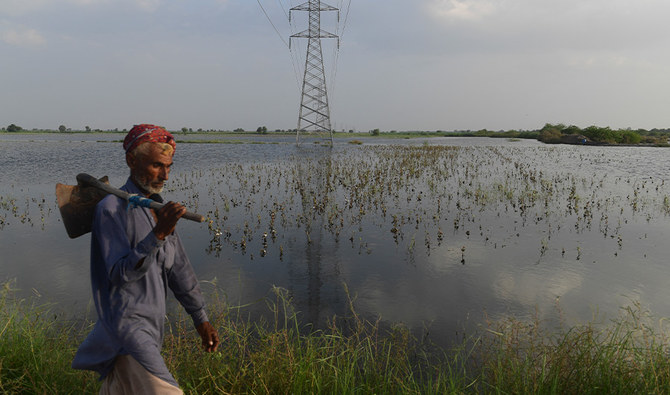By Staff Reporter
KARACHI: Sindh has raised the price at which the government will buy next season wheat from farmers by at least 80 percent, as the flood-devastated province looks to support millions of farmers who lost almost everything in the catastrophic deluge of monsoon.
“The Sindh Cabinet, to encourage and strengthen flood-affected local growers to grow more wheat and avoid a famine-like situation in the province, has fixed support price of wheat at Rs4,000 per 40 kg for 2022-23 crop year,” an official statement said on Sunday.
The provincial chief minister Syed Murad Ali Shah said his government purchased imported wheat at the rate of Rs9,000 per 40 kg “which meant that the growers of other countries were given benefit”.
“Now, we have to think about our grower who has to reclaim his land from the flood water, prepare it for sowing and use costly inputs to grow the crop, therefore the benefit of the better price must be passed on to the local grower.”
Shah said it would take at least three more months for the rainwater to drain and “efforts are underway to ensure the cultivation of wheat crop by November or December”.
Record monsoon rains and glacier melt in the country’s northern mountains have triggered flash floods and rain-induced landslides that have killed at least 1,400 people, sweeping away houses, roads, railway tracks, bridges, livestock, and crops.
Huge areas are inundated, and hundreds of thousands of people have been displaced while the government says that nearly 33 million people have been affected. Pakistan estimates the damage at $30 billion.
In July and August, Pakistan had 391mm (15.4in) of rain, or nearly 190 percent more than the 30-year average. Sindh province has seen 466 percent more rain than average.
Earlier Finance minister Miftah Islmail said large swathes of crops have been destroyed or extensively damaged by deadly floods across Pakistan, leading to further challenges to food security in the impoverished nation of over 220 million.
Rains and deadly floods have damaged rice, cotton crops, and vegetables like onions and tomatoes. Sowing next year’s wheat crop, which starts in October, will be another challenge. Even before the floods, the country faced a wheat shortage of about 2.6 million tons.
Provincial agriculture minister Manzoor Wassan said the farmlands were submerged, and a lot of efforts were needed to dewater and prepare for the next crop. “If the wheat is not grown on time, the province may face a famine-like situation,” he said.
The provincial government also ordered the food department to release wheat from its buffer stocks from October 1, 2022, in the local market to check the runaway prices of the grains.
Copyright © 2021 Independent Pakistan | All rights reserved




